Beyond Stonehenge: The ancient moorland megaliths and grand stone rings that you can enjoy without the tourist hordes
With their potent blend of wild looks and mystery, Britain’s ancient sites have an enduring magnetism — and there are far more of them than you might imagine.

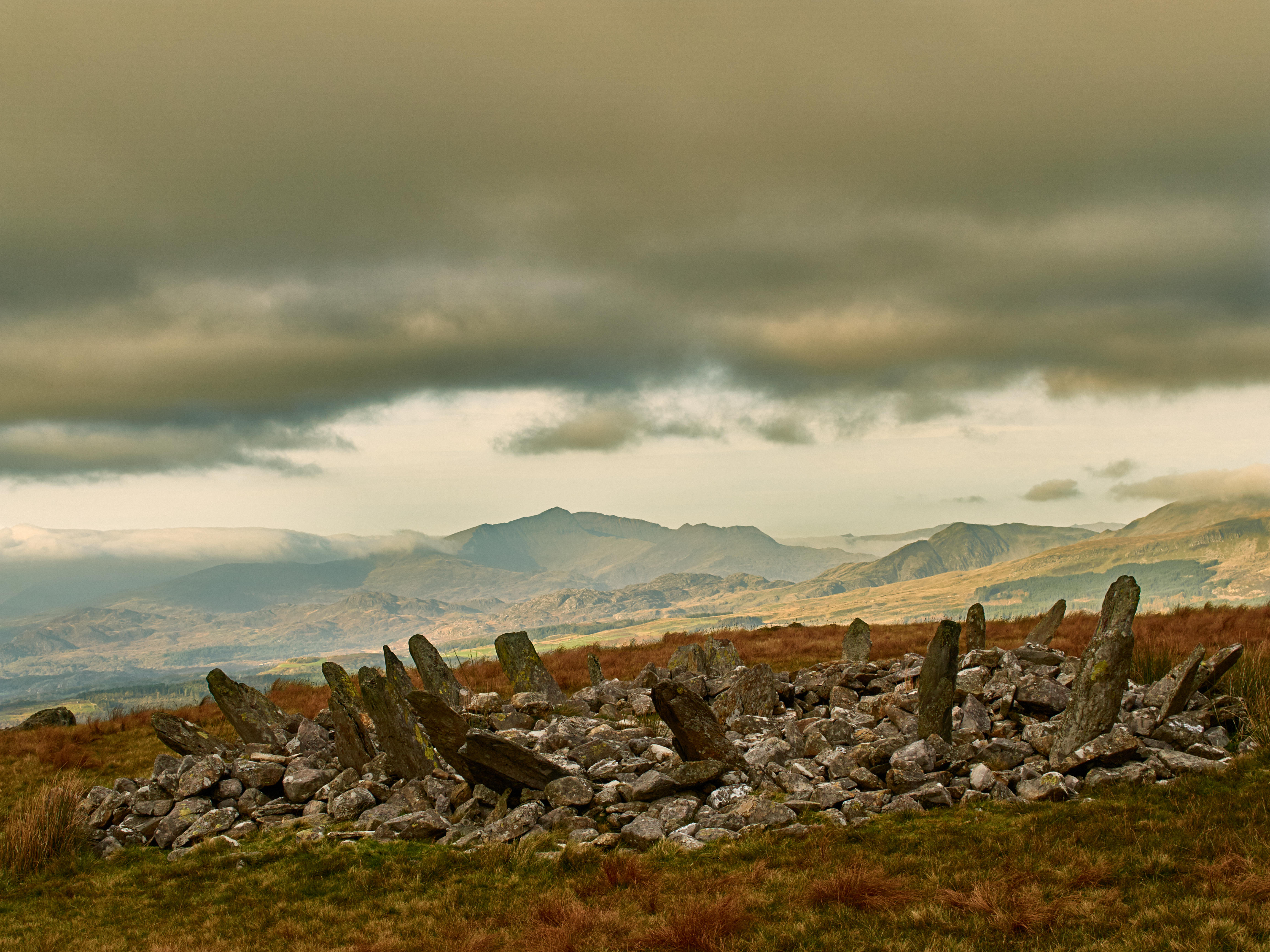
The Isle of Wight, sometime in the early 1990s. I was coming up for six years old and had recently moved to the island’s rugged south-west coast from suburban Worcestershire. Out on a family walk above the village of Brighstone — forested downland tumbling to a sandstone ridge, dotted with gorse and with dramatic views of the Channel — something loomed out of the mizzle. A gargantuan, grey green rock of perplexing heft, rising 13ft from the soil to meet the evening sky: Mottistone Longstone.
The Neolithic-era monument was, to me, an unprecedented sight; as mystically unknowable as it was tactile, sitting on the edge of a contoured strip of earth and all the more atmospheric for the isolated setting and terrible weather. As I recall, a barn owl actually floated out of the gloaming. I’ve been entranced ever since.
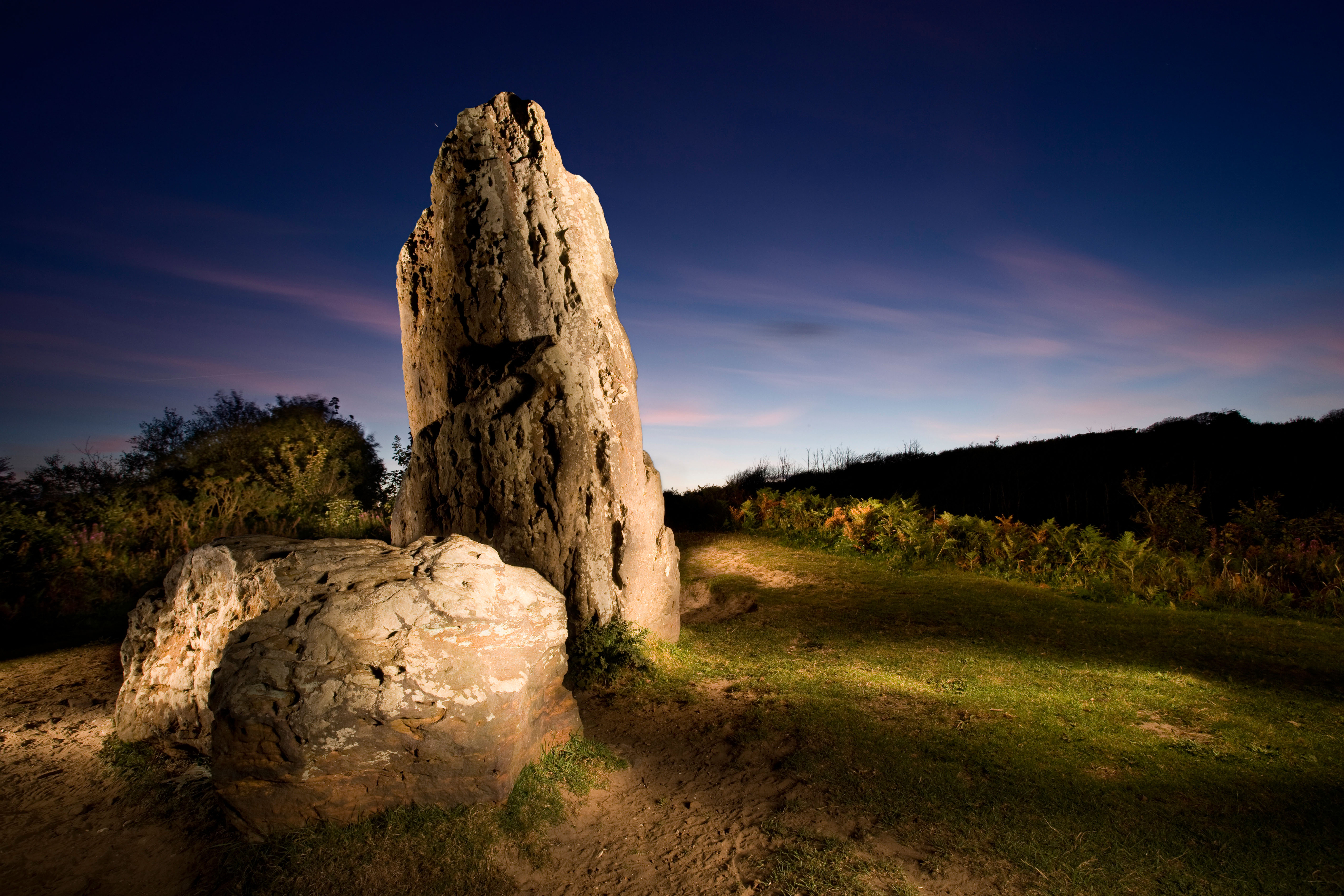
In Neolithic times Mottistone Longstone was likely to have been higher.
The Longstone is only one of the thousands of ancient sites that Britain has to offer. The A-listers need no introduction: Stonehenge, of course, the rubbernecking of which from the A303 is a classic English summer pastime; Avebury, the world’s largest stone circle and sacred complex, subsuming an entire Wiltshire village; the inverted green cupola of Silbury Hill nearby, Europe’s largest manmade mound; the Neolithic Heart of Orkney, a collection of circles, chambers and prehistoric houses of timeworn splendour and prestige.
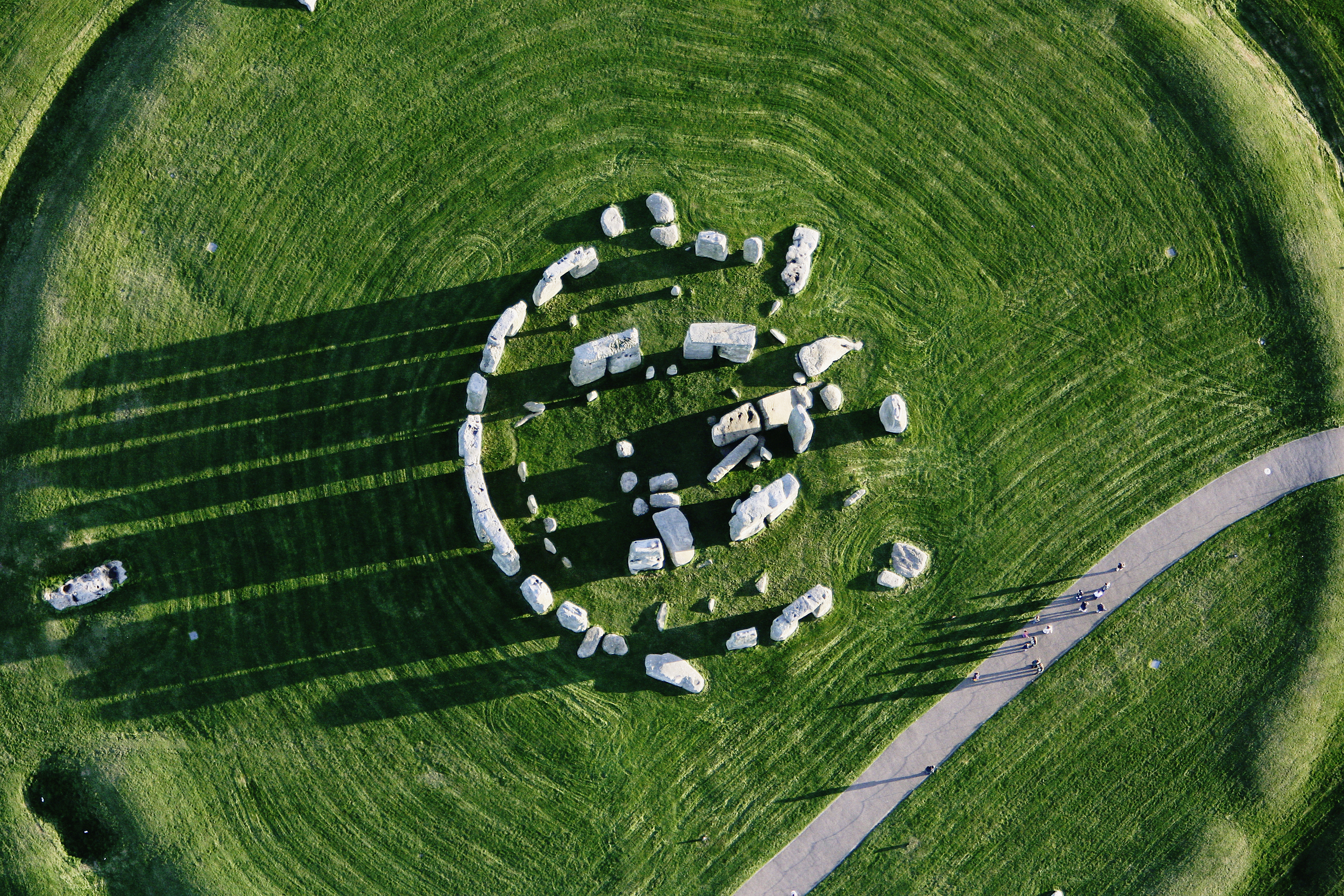
Stonehenge is Britain's most famous ancient monument and is a part of a World Heritage Site that is seven-and-a-half times as big as Central Park in New York City (6,500 acres).
However, to varying degrees of size and impact, these features of the landscape — from lonely moorland megaliths to grand stone rings, coffin-like cist graves, dolmen tombs, subterranean fogou tunnels, earth-covered barrows, rock-pile cairns, gargantuan chalk figures and lofty hill forts — are ubiquitous. The country strains under the weight of ancient rock, if only we know where to look.
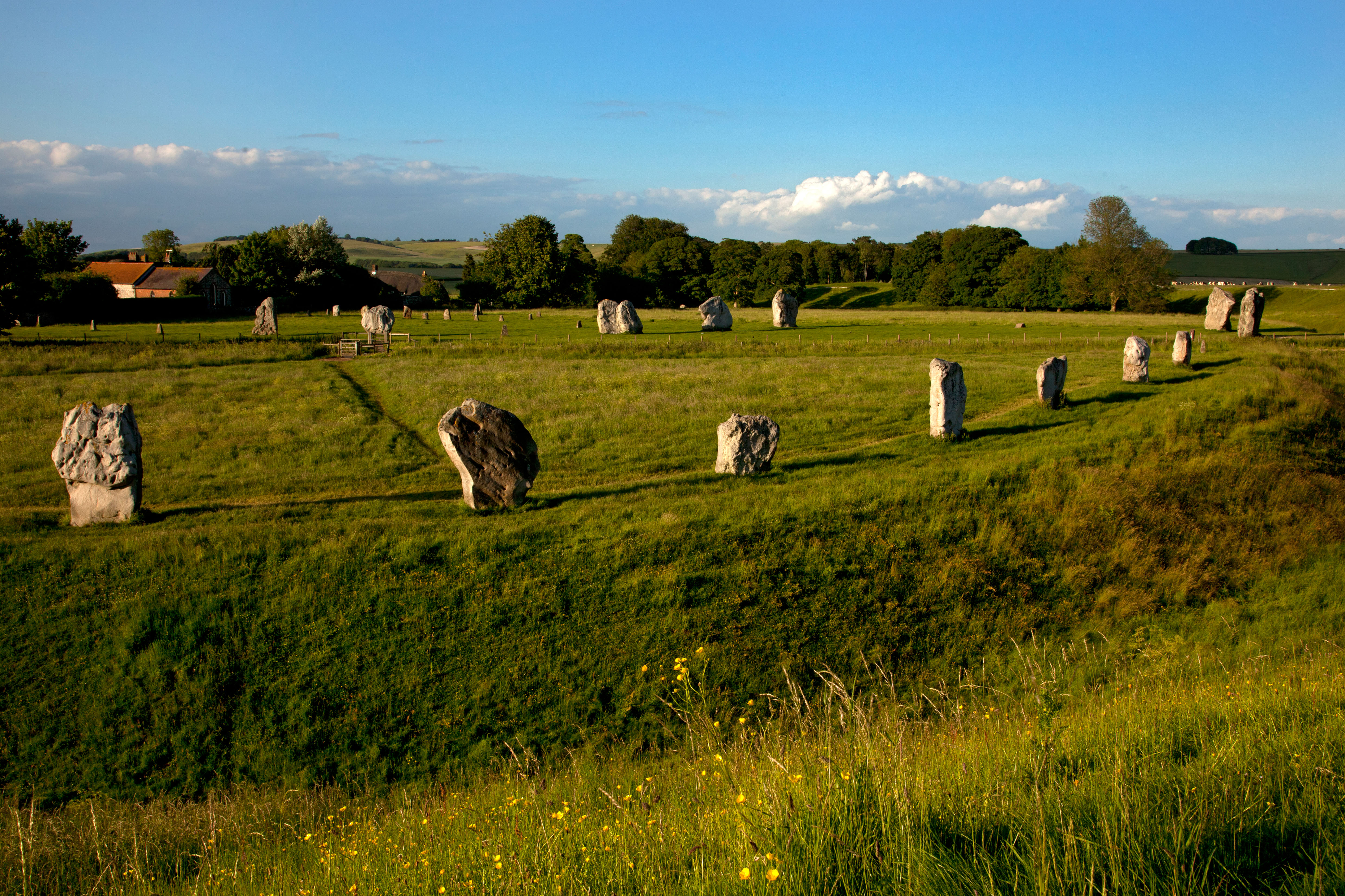
Avebury — the world’s largest stone circle — which was originally of about 100 stones.
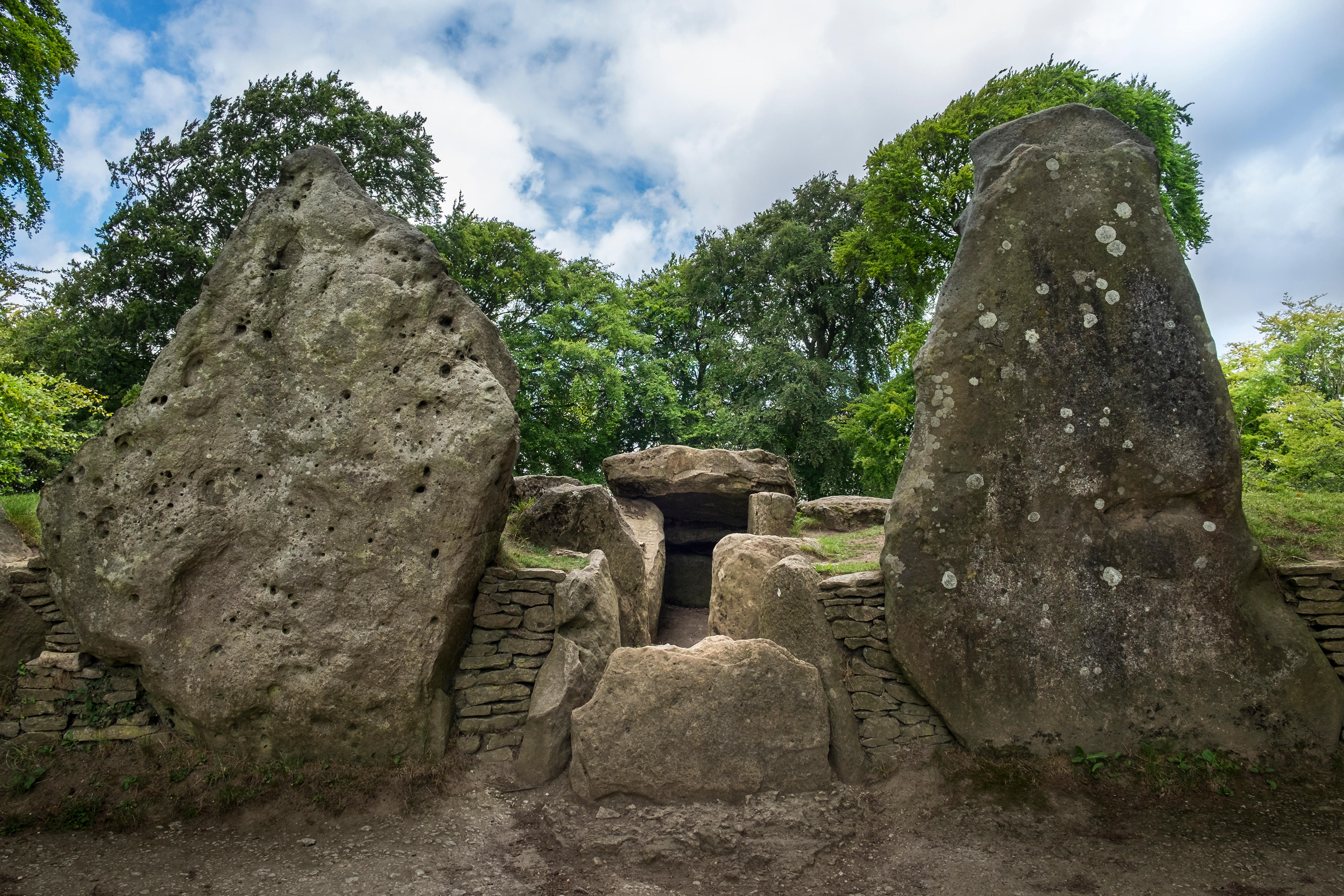
Travellers need not fear a lame steed near Ashbury, Oxfordshire, where the blacksmithwho dwells in Wayland’s Smithy barrow mound will shoe a horse left outside overnight.
Much of it, too, is rich with folklore. Take Mên-an-Tol: two upright stones and a circular rock with a holed-out centre between them, secluded on Cornwall’s wind-whipped West Penwith moor and brimming with energy associated with fertility and healing. Women have long clambered through the hole to encourage pregnancy and faerie changeling babies were supposedly passed through to return them to human form. In a beech grove along the Oxfordshire Ridgeway is Wayland’s Smithy, an eerie barrow mound with two chambers and totemic sarsens (sandstone blocks) at the entrance. Wayland was said to be a magical blacksmith; leaving your horse and a coin outside the mound overnight would see the steed shod by sunrise.
More incongruous is Rudston Monolith: looming over the cemetery of All Saints Rudston, it’s the tallest standing stone in the country, let alone the East Riding of Yorkshire, and the name — rood or cross stone — Christianises its heathen origins. At the far end of the scale, Gwâl y Filiast is a squat Carmarthenshire cromlech (Welsh for a chamber tomb, shaped like a rudimentary house) on a misty woodland ridge above the River Taf, with four chubby uprights and a stocky capstone. The name is a bastardisation of ‘Lair of the Grey Hound Bitch’ (meaning wolf), although some have posited that it might have been a kennel for King Arthur’s dog.
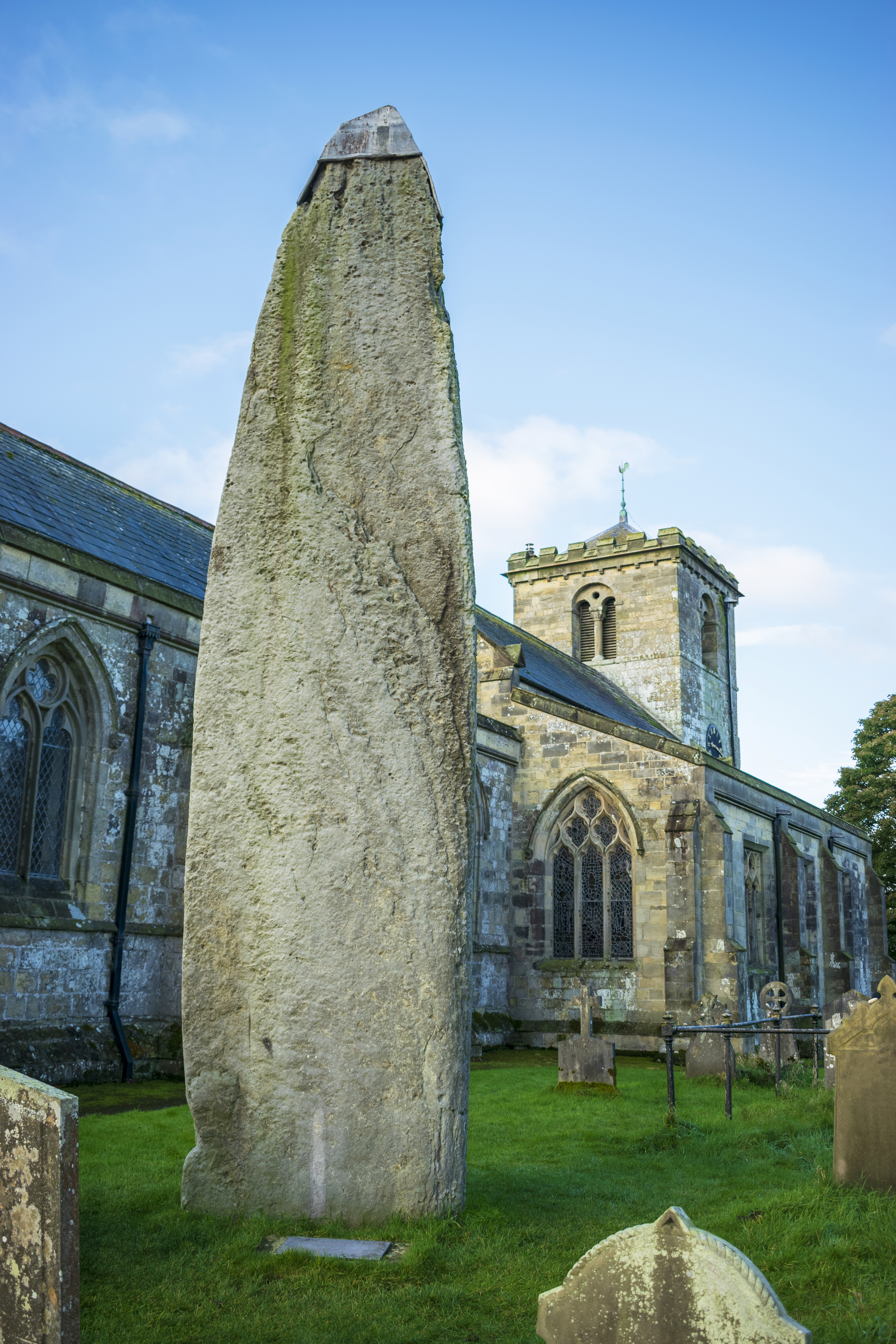
Rudston Monolith is the largest prehistoric single standing stone in England and was brought here either in the late Neolithic or early Bronze Age.

Bryn Cader Faner has a 29 ft diameter and 18 thin jagged pillars which jut upwards from the low cairn.
Up in Gwynedd, Bryn Cader Faner rewards persistence: a skeletal Bronze Age crown in the back of beyond, it has 18 jagged, quartz-veined slates in a 30ft ring, with three miles of boggy hike to get there. Both treasure hunters and the army have tried their worst, the latter using it for target practice during the Second World War.
Exquisite houses, the beauty of Nature, and how to get the most from your life, straight to your inbox.
Scotland has more than its share of compelling sites. Near Inverness lie Clava Cairns; three monumental piles of Bronze Age pebbles that gave their name to the 50 or so similar mounds around the region, as well as serving as a location for the raunchy time-hopping television adaptation of Diana Gabaldon’s Outlander novels. Lochbuie, the only stone circle on Mull, comprises eight hunks of granite in the shadow of Ben Buie, ringed by hot-pink rhododendrons: you reach it via an atmospheric approach of white-painted rocks and makeshift plank bridges through a wet pasture.
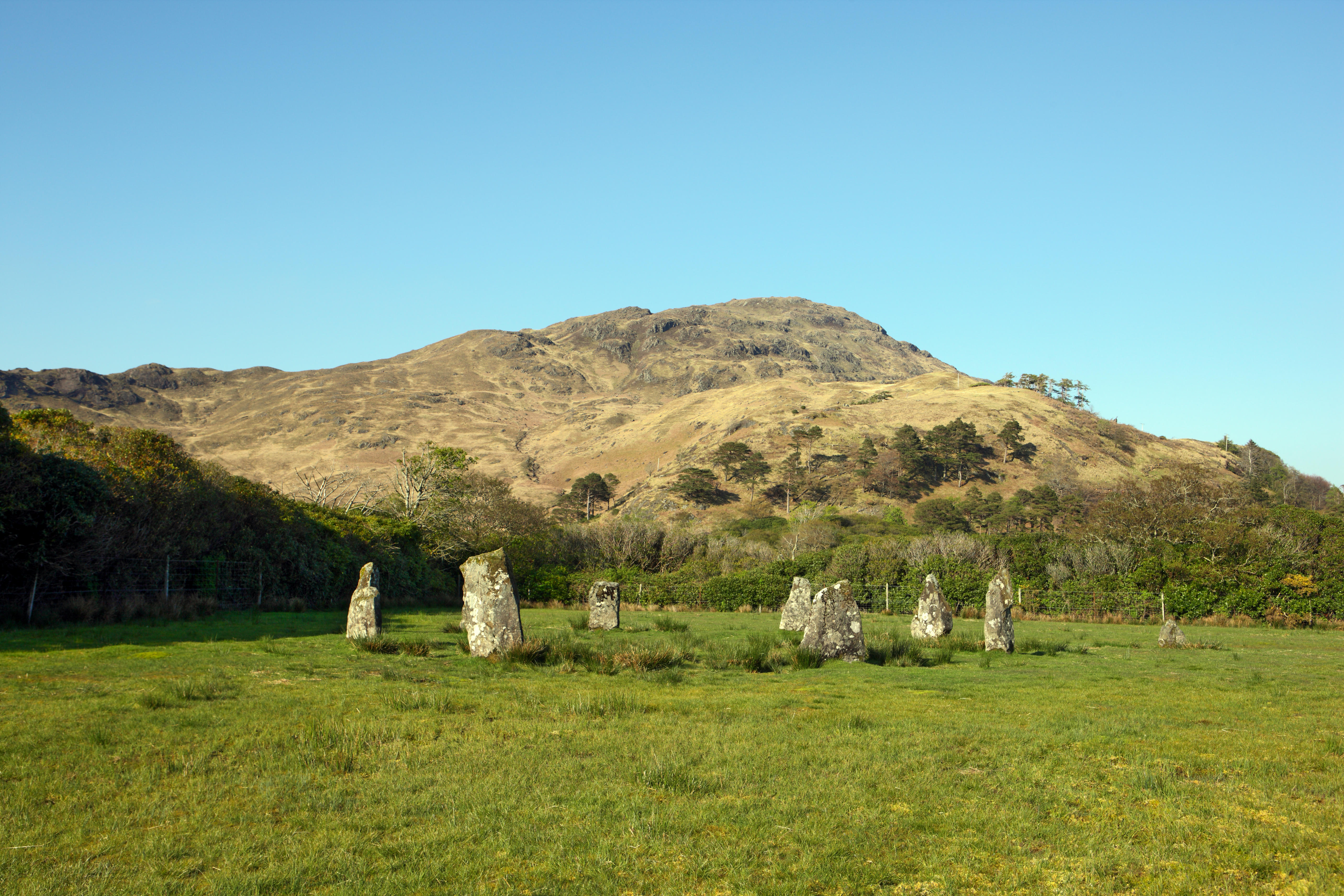
Lochbuie, the only stone circle on Mull in Scotland.
Even at smaller scales, these are all wildly impressive structures, feats of almost lunatic determination — and we still have no firm idea of what purpose most of them served. Archaeologists continue to speculate on the funerary, ritual or celestial functions they may have held in the communities that made them, but the answers are almost beside the point. The visual appeal of these ancient sites — and the quandary of how they were built — are as magnetic now as they were then.
‘These remains spark interest that wandering around a city wouldn’t,’ explains Vicki Cummings, professor of Neolithic Archaeology at Cardiff University and co-author, with Colin Richards, of last year’s Stone Circles: A Field Guide. ‘It’s a sense of awe and wonder. We write in terms of the Neolithic way that people saw these things, but it’s the same today. Wander around Avebury; it’s massive. And people did all of that by hand! Rollers and ropes, digging with antler picks… You can’t tell me that isn’t incredible.’
Ancient sites have been delighting academics for centuries, from antiquarians such as John Aubrey, William Stukeley and William Borlase in the 17th and 18th centuries to 20th-century writers such as Jacquetta Hawkes and Aubrey Burl, whose 1995 A Guide to the Stone Circles of Britain, Ireland and Brittany remains the definitive primer on the topic, suffused with archaeological instruction and detail. However, it feels as if their appeal is growing ever wider. A sea change came with The Modern Antiquarian in 1998. Written by post-punk singer and self-defined ‘Arch Drude’ Julian Cope, it’s a dense gazetteer of the ancient world; wilfully poetic in its melding of pagan mysticism and bravura rock-’n’-roll posturing. It’s close to a sacred text, a cult classic despite being long out of print.

Julian Cope was the singer and songwriter in the Liverpool post-punk band the Teardrop Explodes, pictured in 1986.
Zip forward 20 years and you can now see a raft of chic, artsy independent publications channelling its approach, such as Hellebore, Wandering Wizard and, particularly, Weird Walk: a ‘journal of wanderings and wonderings from the British Isles’ that was founded in 2019 by James Nicholls, Owen Tromans and Alex Hornsby. The beautifully designed magazine, with its neo-pagan aesthetic, has covered a gamut of stone-adjacent topics, from beginners’ guides to dolmens to the prevalence of pagan hijinks in Inspector Morse. However, things were really galvanised with the release of a Weird Walk book in 2023, a fine compendium of ancient sites and regional folk rituals arranged by the seasons.
Operating in parallel is Stone Club, which was opened in 2021 by Cornwall-based artists Lally MacBeth and Matthew Shaw. Emerging from post-lockdown ennui, it was ‘set up as a place for stone enthusiasts to congregate, to muse and most importantly to stomp to stones’. For a bargain £7, initiates receive both a member’s card and badge: ‘Very much in the style of the Dennis the Menace fan club,’ laughs MacBeth. Today, the club has 4,000 members, from as far afield as America, Germany and Australia (which has a large diasporic Cornish community from its mining heyday, she explains). They run evenings of talks, recommend monthly books, albums and films, and encourage users to contribute their own written and photographic accounts of personal stone quests. They have even received old photographs of members’ grandparents at ancient sites, together with requests to identify the particular rocks — a kind of neolithic detective agency.
A post shared by Lally MacBeth (@lallymacbeth)
A photo posted by on
The reconstituting of these sites back into zones of communal and generational significance is, in a way, as close to their original purposes as they have been in since inception (the activities of the UK’s extant pagan communities notwithstanding; there were 74,000 of them in the most recent UK census). Stone Club came along at a time of social schism: mid-covid, post-Brexit, amid geopolitical tumult. The stones, explains Shaw, ‘provided a neutral space for people to be able to engage and talk with one thing in common’. This idea of these places being both a hotline to our ancestors and a palimpsest for modern ritual might be the crux of the ancient renaissance.
‘They don’t have values of their own; they’re simply there,’ he continues. ‘I think that’s really attractive, because you can project onto them — but, ultimately, they’ll take as many projections as there are people.’ It’s a notion shared by British photographer Alice Zoo. In 2022, she was commissioned by National Geographic to visit Stonehenge for a six-month project, documenting the people interacting with the site: from New Age Travellers and practising druids to activists, conservators and even new parents placing their babies’ bare feet on the ground, looking to forge a connection with a place buzzing with energy.
A post shared by ALICE ZOO (@alice.zoo)
A photo posted by on
‘There’s something very reassuring about the solid fact of stones and their place in Nature,’ she explains. ‘It has nothing to do with screens or algorithms. It’s timeless, physical, there’s humanity in it — and so much mystery.’
'Ancient Britain for Modern Folk’ by Tom Howells is out now (Hoxton Mini Press, £14.95)
This feature originally appeared in the June 25, 2025 issue of Country Life. Click here for more information on how to subscribe
Tom Howells is a London-based journalist and editor, who has written for the Financial Times, Vogue, Waitrose Food, The Quietus, The Fence, World of Interiors, Wallpaper*, London Design Festival and more. He’s happiest when drifting the woodland barrows of the Isle of Wight and once got locked in Carisbrooke Castle. 'Ancient Britain for Modern Folk' is his third book.
